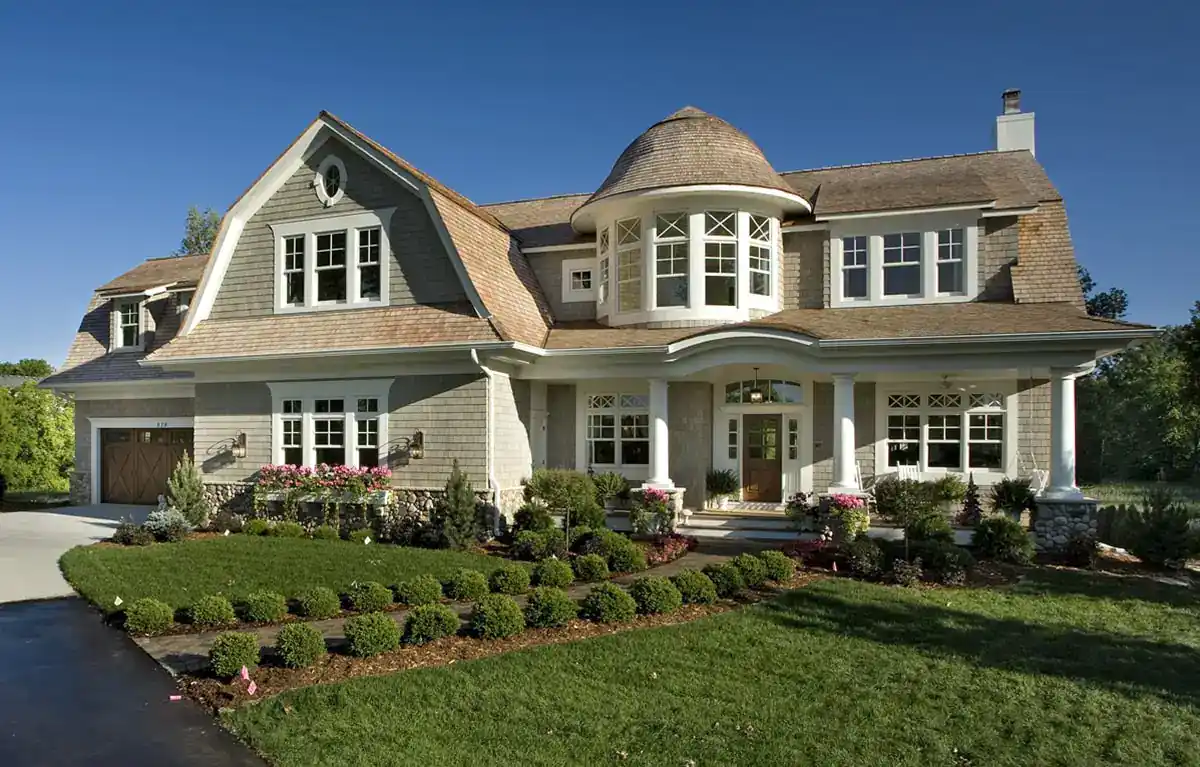A Roof’s Worst Enemies
A wide array of factors affects a roof system’s performance. The following list is some of the worst enemies of a roof. It would be best if you considered each of these enemies when purchasing your new roof system.
Sun- The sun provides heat and ultraviolet rays. These two items work together to cause many roofing materials to deteriorate over time. If your roof faces west or south, the sun can cause deterioration much faster on these sides of the roof.
Deteriorated shingles- As shingles deteriorate, they begin to split and lose water-resistant properties and effectiveness. Old and worn out shingles will also be easier for the wind to blow off, tear, and lift. As these shingles are torn, removed, or raised, it will cause structural rot and interior damage.
Trees- When branches of trees are blown, they can touch a roof and scratch and gouge the roofing materials. Overhanging branches can puncture or damage shingles and underlayment when the branches fall onto the roof. If leaves are located on a roof system’s surface, they can cause rot or blockage when they retain moisture.
Missing shingles- As with deteriorated shingles, missing shingles disrupt the complete protection of a roofing system. Any missing or damaged shingles leave your roof vulnerable to water damage and rot. Torn shingles can allow the same issue to be present.
Condensation- When the air is warm and moisture-laden, it can cause condensation. When an attic is not ventilated correctly, it causes decay of rafters and wood sheathing. This decay can destroy a roofing structure. If your attic needs better ventilation, your contractor may suggest installing larger vents or additional vents. Vents will also help to make the attic air temperature closer to the outside air temperature.
Rain- Water getting under shingles, shakes, or other parts of the roof can move to the roof deck. This water can cause roof structure damage, including rot. When water gets into this area, it can also encourage mildew and rot in the walls, ceilings, electrical, and insulation of a house.
Wind- If your area experiences high winds, it is common to see that wind lift shingles and allow water and other debris underneath these shingles. An area with excessively high winds can cause extensive damage to your roofing system.
Moss and algae- When the wood shingles and shakes on your house are moist, moss can freely grow. If moss becomes a problem, it will retain even more water, which then leads to rot and decay. The moss roots can cause damage by working their way into a wood deck or structure. If you have damp and shaded areas on your wood or asphalt systems, algae may become an issue. Algae not only causes a black-green stain, but it can also cause rot, damage, and retain moisture.
Ice and snow- When the snow melts, it will typically refreeze at the overhang of the roof. This refreezing creates an ice dam, and it will block the gutter from draining. This blockage causes water to back up under the shingles and get into the inside of the home.
